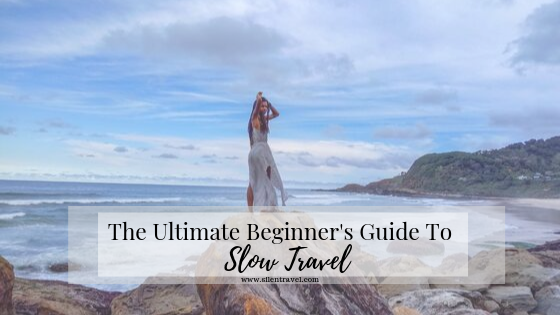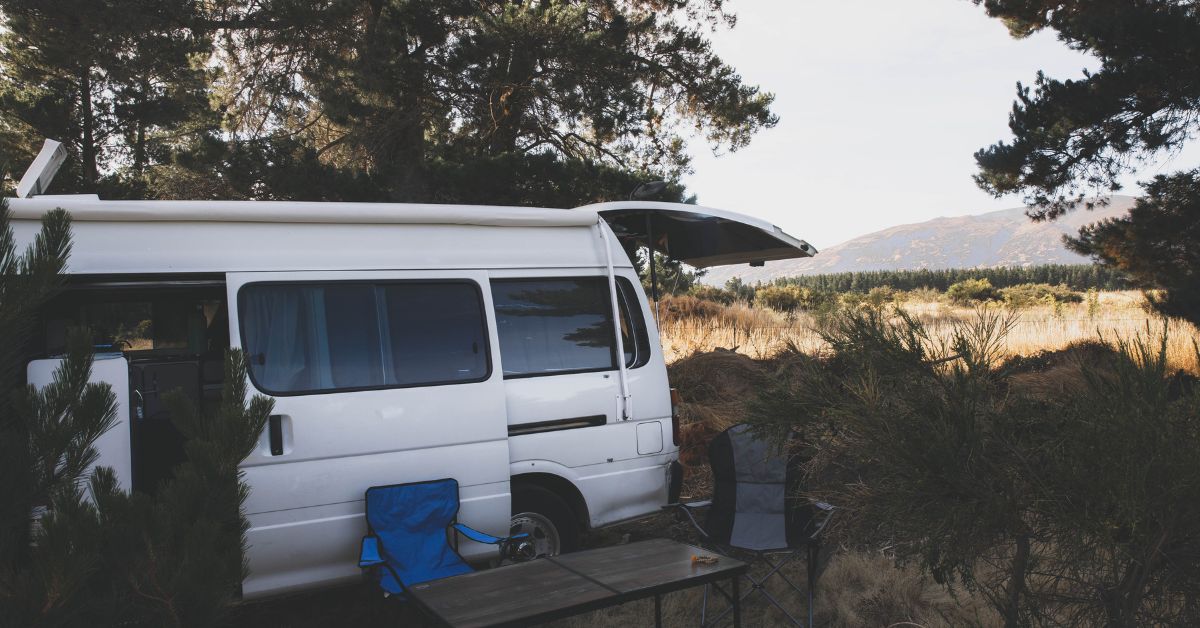A couple of weeks ago I came across a travel movement that deeply inspired me. It’s called slow travel and, apparently, a lot of people are implementing it in their travel life.
Nowadays we have this tendency of rushing while we travel, ticking off countries from our bucket list for the pleasure of saying “I’ve been there!”.
Is travel about seeing places and counting countries, or about collecting long-lasting memories?
It turned out slow traveling is genuinely rooted in me. I’ve been always exploring new places this way, and I had no idea there was a movement and a huge community behind! In fact, it’s great that we are finally reconsidering our traveling experiences, and I truly hope this tendency will keep on growing.
So, What Is Slow Travel?
Slow, deep, or authentic travel is a pretty simple concept, really. It lays in taking time to explore one place, for longer. It means interacting with local people, getting to know hidden spots and having time to simply be in a place. The focus of the journey is on the journey itself.
Connecting with locals, experience their unique way of living, and visit places that you are personally attracted to, should be the priority, rather than rushing from one place to another and try to get the best picture.
Slow travel originated from an Italian food movement, Slow food, which was born in the ’80s. At the time, Italians were against building fast-food chains in Rome, because they wanted to protect our huge culinary culture. The slow food movement gave birth to other “slow” concept, such as slow travel, slow living, and many more.

Why Should You Practice Slow Travel?
Before we dive in how you can start slow traveling, I’d like to walk you through its benefits. I think this way of traveling has countless perks, and here are just some of them:
Slow travel supports locals
Whether you are CouchSurfing, buying local groceries or simply take a day off in a cafe, you are supporting locals.
Organized tours can have a positive impact on the community as well, but often this is not the case. It’s always important to do your research, and make sure your money goes to the right people!
Slow travel is cheap
It is probably cheaper to travel during the off-peak season and slowly exploring an area, rather than visit all major attractions during a holiday weekend.
Staying longer will make transport cheaper too (you can often rely on a transport pass), as well as accommodation (it’s easy to get deals if you stay multiple nights in the same place) and food (buying local, remember?). 😉
You can find more tricks & tips on saving money while traveling here!

Slow travel is helping the environment
Traveling by plane is the fastest and most polluting way of traveling, easily avoidable by public transport. Slow travelers consume fewer resources as we rely on busses and train more often than planes.
In some countries, such as South-East Asia, night buses are really popular. You can travel by night saving on accommodation and actually saving money!

Slow travel creates life-lasting memories!
When you finally decide to focus on one place, you can get to know other people and create magic memories. You might meet locals to show you around, as well as other travelers to keep exploring with.
I met amazing people while on the road and we still keep contacts. I even met my boyfriend this way! The possibilities are endless, and you’ll never know until you try it out yourself!

How Can You Start Slow Travel?
At this stage, you know what this movement is, and now you know all of its benefits.
So the next question would be: how can I start slow traveling right away?
Here are some examples to get you on the right path.
Stay longer in one place
Rather than squeezing as many places as possible in one trip, try to focus on fewer cities, for longer.
For example, if you are planning a 2 weeks trip to Europe including all major cities and capitals, chances are you’ll probably need another holiday ’cause you’ll be exhausted!
Try to focus on a couple of countries, maybe even 1 or 2, and try to explore its surroundings. This way you have time to adapt to a new place before going to another one, save money, maybe meet people and have a nice & relaxed stay overall!

Leave gaps in your travel itinerary
Instead of planning your trip from A to Z, try to leave some gaps. If you are a super-organized person, this will take some time, but I promise it’ll be worth it! Consider those are your days off, where you can wake up and think “What am I up to today?”.
Take a walk in the city, go to the library, spend the entire day at the beach, go to the movies… Do something that fills you and recharge your batteries. You deserve it.
Stay local
We all know: locals (obviously) know it better. That’s why I would highly recommend staying local for the entire trip.
You can start by booking an Airbnb run by locals, and connect with them.
They might bring you for a tour in the city, cook a yummy dinner for you, or introducing you to other locals. This happened to me in Vietnam and I had the most magical time!

Other ways to stay local are shopping in smaller groceries store, where you can find typical products (which sometimes are cheaper), or walk away from the crowd and head to a smaller pub for a drink. The possibilities are endless and the benefit assured.
Avoid tourists traps
There are some places you simply don’t want to miss. Like the Colosseum in Rome, Venice, the Great Wall of China and many more. I’m not suggesting to skip those majestic spots, but to visit them the smart way.
Check on Google Maps which are the peaks time for every attraction you want to visit and try to avoid them! This might mean to wake up a couple of hours early in order to have the place all for yourself or to visit a certain place during the off-peak season.
Another great tool you could use is Maps.me. You can download offline maps for every country or area you plan a visit. Maps.me will highlight some interesting spots that sometimes are ridiculously underrated, as well as useful stops (drinking water, supermarket, ATMs, gas station…). All of this, without even turning on your data!
Whatever you choose, make sure you are enjoying your trip. I know how stressful it is to be surrounded by tourists when traveling. Just be smarter.

Be flexible
This is probably useful for any kind of trip, even in life! Always be flexible.
After all, you are traveling, and you have no idea what can happen on the road. Try to keep an open mind and go with the flow. Sometimes you can’t plan the unplannable.


Did I forget something really important? Please, let me know! You can contact me at sayhello@silentravel.com, on Instagram, or by commenting here below!
Have you ever tried slow travel? Where did you go and what did you do? Let me know in the comment sections!












